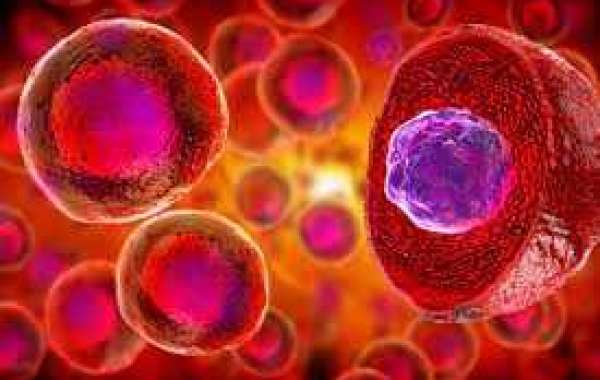A large number of people around the world are currently living with diabetes. A number of about 400 million is expected to increase to almost 600 million by 2035, according to the International Diabetes Federation. Most often, diabetes can be controlled with a specific diet, regular exercise, or even insulin or other medication. However, some cases of diabetes can lead to complications like kidney failure, nerve damage, loss of vision, and heart disease, among others. In this article, let's understand the current treatment procedures for Type 1 and Type 2 diabetes and stem cell research as an alternative treatment.
Currently, patients with type 1 diabetes are given insulin to help control glucose levels and are required to monitor their blood sugar levels multiple times a day. Other patients with type 2 diabetes are urged to control it with a strict diet and regular exercise. That's not to say that these people will not ever need to take insulin injections in the future.
One treatment which aims to end insulin injections involves islet transplants. During this procedure, islets are taken from a donor's pancreas and inserted into diabetic patients. Unfortunately, this treatment met several obstacles, the first being a shortage of donors. While islets don't often connect with the blood supply, when they do, they are met by the recipient's immune system, which views these cells as invaders. Hence, drugs are required to suppress the immune system, leaving the body exposed to other illnesses. Moreover, this kind of transplant is less effective with Type 2 diabetes patients because they require an increased number of islets due to their insulin resistance.
So, can stem cells help instead?
Treating Type 2 Diabetes with Stem Cells
A 2017 research analysed 13 studies that comprised of 342 patients who received stem cells that are found in cord blood. These are preserved by cord blood banks from the umbilical cord blood of newborn babies. Results showed that not everyone responded to the treatment, but they observed that there was improved glucose control in these patients. Moreover, the treatment reduced insulin dependence for up to 4 years. Despite some promising results, research and trials are still needed to determine many aspects of the treatment, including the ideal candidates, the best way of administration, the optimal dose, and the need for multiple transfusions.
Treating Type 1 Diabetes With Stem Cells
In a trial in Brazil, stem cells were infused into 21 type 1 diabetes patients. Some patients didn't see any effects of the treatment, but results also showed that most patients became insulin-free for about 3½ years. In the same trial, one patient did not have to use insulin for 8 years. The cells used in this study were autologous hematopoietic stem cells, the same kind as those found in a newborn umbilical cord. This has proven to be the best source of these stem cells because they aren't exposed to any mutations caused due to age.
Other ongoing trials aim to build a strong case for the use of stem cells in diabetes treatment. These include:
- An Australian study for kids between the age of 1 and 12 who are at a higher risk of developing diabetes. The study attempts to understand the effect of re-infusion of their cord blood to prevent type 1 diabetes.
- A Chinese study is looking at thymic regulatory T cells (Tregs) from cord blood to treat diabetes.
- Three other Chinese studies are using cord tissue from stem cells for diabetes patients.
- A Vietnamese clinical trial is also studying how stem cells can treat the condition.
While there is a great deal of work that aims to zero in on an effective stem cell treatment for diabetes, the results are hopeful.






